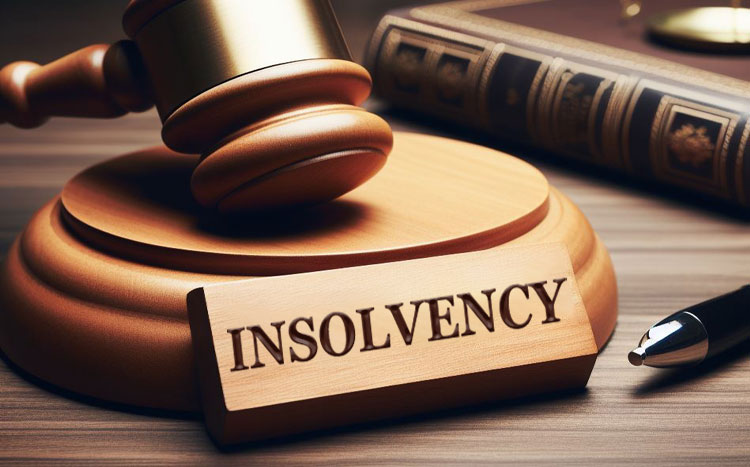Introduction: Rethinking Justice in the 21st Century
Law is meant to be a guide—an instrument of fairness, accountability, and societal order. But as the world changes, our understanding of what “justice” means is evolving. Enter Chamberlain’s Law, a modern legal philosophy that doesn’t just interpret rules—it reimagines how they should be applied.
Rooted in civil law but pushing far beyond its conventional boundaries, Chamberlain’s Law is reshaping how we resolve disputes. It’s not about replacing the legal system, but challenging how it operates—particularly the assumptions that traditional jurisprudence holds sacred.
In this article, we’ll explore how Chamberlain’s Law disrupts longstanding norms in civil law and introduces a more flexible, human-first approach to resolving conflict. Through core doctrines and real-world applications, we’ll see why this innovative legal framework is gaining attention—and why it might represent the future of civil justice.
Traditional Jurisprudence: A System Built on Certainty
To understand what Chamberlain’s Law is pushing against, let’s briefly unpack traditional jurisprudence.
In most civil law systems, legal decisions are based on:
- Written statutes and formal codes
- Precedents (past court decisions)
- Objective legal rules and standards
- Prescribed remedies (e.g., damages, injunctions)
This structure promotes predictability and consistency, which are crucial in maintaining order. But the downside? It leaves little room for context, nuance, or human emotion.
The law, in its traditional form, is not always fair—especially for individuals without legal literacy or access to strong representation. And this is where Chamberlain’s Law steps in.
Chamberlain’s Law: A New Lens on Legal Conflicts
Chamberlain’s Law is a progressive legal philosophy that believes justice should adapt to people, not the other way around. It prioritizes:
- Intent over technical error
- Fairness over formality
- Healing over punishment
- Collaboration over confrontation
Instead of asking, “What does the rule say?”, it asks, “What is the just outcome in this situation?” That shift in focus changes everything—from how cases are evaluated to how remedies are designed.
Key Features That Set Chamberlain’s Law Apart
Let’s explore some of the doctrines and principles that make Chamberlain’s Law a direct challenge to traditional jurisprudence.
1. The Primacy of Intent
In most legal systems, the outcome of a civil case hinges on whether a law was broken or a contract breached. Chamberlain’s Law shifts that focus to intent—what was the person trying to do?
This doesn’t mean that wrongful actions are excused. Instead, intent is used to determine proportional accountability and shape an outcome that makes ethical sense.
Hypothetical Example:
A freelance photographer accidentally misses a client deadline due to a family emergency. In a traditional court, she may still be liable for breach of contract. Under Chamberlain’s Law, the court weighs her intent, assesses the harm done, and may award reduced damages or suggest a non-financial remedy, such as offering future services at a discount.
This creates outcomes that respect both parties without unnecessary punishment.
2. Restorative, Not Retributive Remedies
In traditional civil jurisprudence, success often means winning—at the expense of the other party. Chamberlain’s Law believes conflict resolution should aim to restore, not divide.
This doctrine borrows from restorative justice in criminal law, applying it to civil contexts like family disputes, property disagreements, and small business conflicts.
Hypothetical Example:
A landlord and tenant fall into dispute over security deposit deductions. Instead of launching into a legal battle, a Chamberlain-style court might:
- Encourage direct communication
- Mediate a fair settlement
- Educate both parties on best practices
The result? Resolution without scorched earth tactics or prolonged litigation.
See more: The Best Online Wills in Australia: A Review of Options
3. Flexible, Context-Driven Judgments
Rigid legal codes are often blind to context. But life is messy—people’s financial situations, mental health, and personal hardships all influence how disputes unfold.
Chamberlain’s Law gives courts the power to customize decisions that account for the unique circumstances of each case.
Hypothetical Example:
In a property boundary dispute between two neighbors, traditional law might simply enforce a surveyor’s report. Under Chamberlain’s Law, the court might propose:
- A land-use easement
- Shared maintenance responsibilities
- Or even joint ownership of disputed space
These remedies focus on community well-being, not just technical boundaries.
4. Simplified Procedure for Equal Access
Traditional civil processes can be overwhelming—filled with filings, motions, and technical arguments that favor well-funded parties. Chamberlain’s Law advocates for streamlined procedures, making justice more accessible to ordinary people.
In Chamberlain-style courts:
- Legal language is simplified
- Self-representation is supported
- Mediation is prioritized over formal trials
This removes barriers for those who are often sidelined by the legal system—low-income individuals, small businesses, and marginalized communities.
5. Community-Centric Justice
Where traditional jurisprudence views law as a top-down system, Chamberlain’s Law embraces local context, community values, and cultural diversity.
Hypothetical Example:
In an ethnic community where oral agreements carry as much weight as written ones, Chamberlain’s Law allows testimony, tradition, and community standards to influence the ruling—something traditional systems often ignore.
This creates more inclusive justice, especially in multicultural or indigenous settings.
Real-World Application: The Disputed Renovation Case
Let’s bring this philosophy to life with a full scenario.
Case:
A homeowner hires a local contractor to renovate her kitchen. The contract is vague, and mid-project, disagreements arise over materials and payment. The homeowner stops payment; the contractor stops work. Both sue each other.
Traditional Outcome:
A judge reviews the written contract. Because the homeowner withheld payment without formal cause, she’s forced to pay damages—even though the contractor deviated from the original agreement.

Chamberlain’s Law Outcome:
- The court reviews the intentions and expectations of both parties.
- A neutral mediator facilitates a dialogue between the homeowner and contractor.
- Both parties acknowledge miscommunication.
- The court suggests:
- Partial refund to the homeowner
- Revised contract terms for finishing the project
- A joint statement to preserve the contractor’s reputation
This way, relationships are mended, and both parties feel heard—not defeated.
Why Chamberlain’s Law Matters in Today’s Legal Climate
We live in a world where empathy, equity, and empowerment are no longer buzzwords—they’re necessities. People are growing weary of legal systems that:
- Prioritize procedure over people
- Reward technical wins over fair ones
- Leave both sides feeling like losers
Chamberlain’s Law offers a new blueprint—one that treats legal disputes as opportunities for understanding, growth, and collaboration.
It acknowledges that true justice isn’t about enforcing rules—it’s about doing what’s right.
Final Thoughts: The Path Toward Legal Reform
Chamberlain’s Law isn’t just an academic theory. It’s being piloted in community courts, mediation centers, and even in family law jurisdictions where flexibility and fairness matter most.
Its challenge to traditional jurisprudence lies not in chaos—but in compassion. It dares to ask, “What if we made the law serve people better?”
And in a time when justice feels increasingly out of reach for many, that question might be the most powerful one we can ask.







